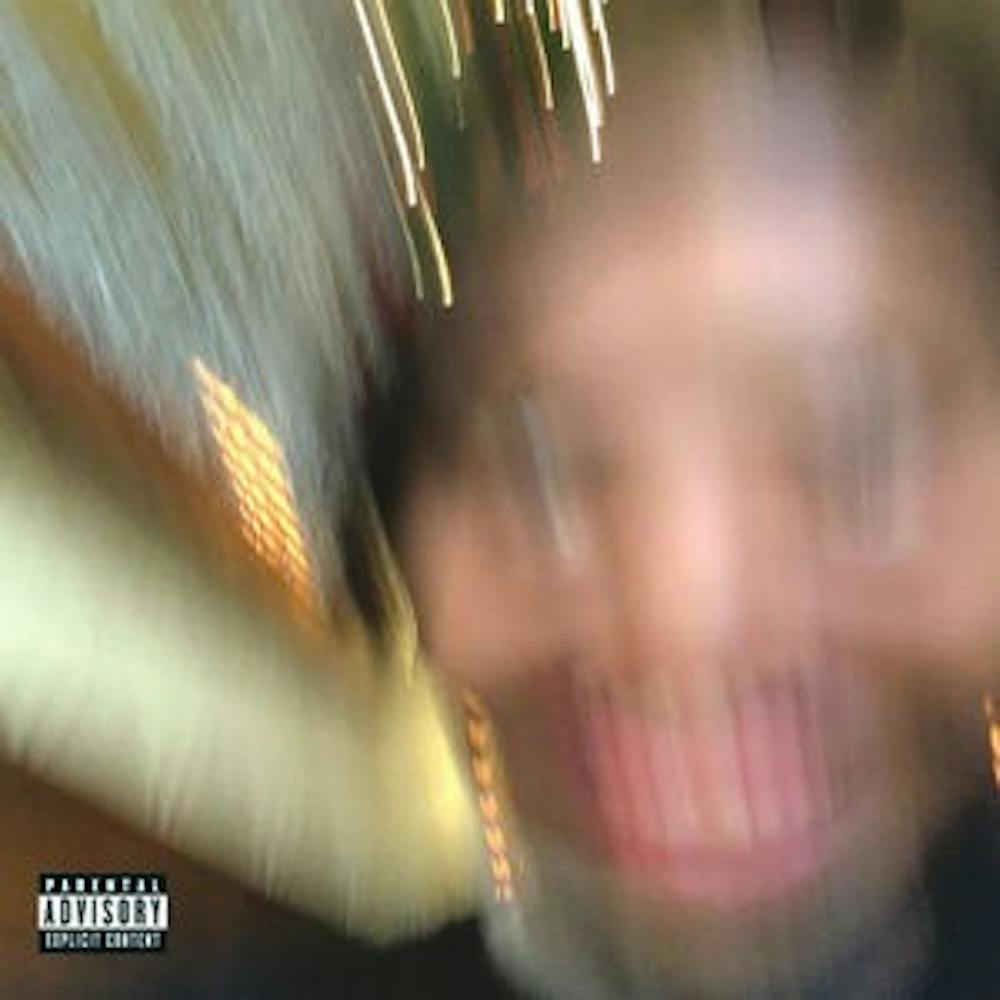In “Nowhere2go,” a pre-released single off of Earl Sweatshirt’s newest record, the rapper says “tryna refine this s—t, I redefined myself / First I had to find it.” Between a long battle with depression and anxiety, as well as the death of his father, uncle and close friend and collaborator Mac Miller, the past three years have been particularly hard for Thebe Kgositsile, the 24-year-old artist who goes by the name Earl Sweatshirt. Amidst all the personal struggles Earl had gone through between the release of his critically-acclaimed album “I Don’t Like S—t, I Don’t Go Outside,” and late 2018, he still found the time to work on his music. In “Some Rap Songs,” the long-awaited album which dropped Nov. 30, Earl has managed to distinctly redefine his sound. This shift charts a transformation from the provocative lyrics and simple production of his debut mixtape “Earl” — impressively released when he was just 16 years old — to the experimental production and emotional lyrics of his return to music with his newest release.
After any artist takes a significant break from music, he tends to gain the attention of the world as people begin to speculate a release. With Earl Sweatshirt, fans received notification in early 2018 that new music was coming — exciting to hear after a three-year period of no music at all. But as the year progressed on and a number of tragedies struck his life, Earl’s fans started to worry more about the artist’s health and well-being rather than the possibility of new music. Despite his unbelievably difficult year, Earl still managed to release the promised album, a wonderfully crafted work both beautiful and dark.
Earl has always been an expert at creating a certain mood in his music, as he showed on 2015’s particularly melancholy “I Don’t Like S—t, I Don’t Go Outside.” But on “Some Rap Songs,” he takes this ability to a completely different plane, putting out one of the most thought-provoking and abstract tracks of the year.
Because the album consists of 15 tracks, most of which don’t even hit the two-minute mark, the initial playthrough for this album comes off as a bit unusual, but his authentic wordplay and excellent flow quickly becomes clear to listeners with repeated listens. Additionally, it’s difficult to pick out individual tracks from this album since Earl makes such a dedicated effort to create a certain mood and tone. The whole album meshes together into one all-absorbing sound. Though he still pushes for a lo-fi-sounding production on “Some Rap Songs,” Earl incorporates looping samples that are reminiscent to the works of acclaimed producer Madlib. What distinguishes his music, though, is his distinctive yet casual delivery of lyrics that flow underneath the dirty beats.
Though at times on this album it may be difficult to understand him, Earl manages to effectively structure his lyricism, rhyming and flow, linking his sentences together with ease while using impressive rhymes. In many ways, Earl shows characteristics similar to the infamous MF DOOM on this album, illustrating a certain sophistication with his chaotic production and comprehensive wordplay.
On opening track “Shattered Dreams,” Earl says in a soft voice, “Why ain’t nobody tell me I was sinkin’? / Ain’t nobody tell me I could leave” — a contemplation of why his depression was worsening, yet he wasn’t warned about the dark place he was falling into. The combination of lines like this and the odd-sounding production make “Some Rap Songs” much more emotionally taxing and heavy than previous work. What separates Earl from other artists is his willingness to be extremely introspective and open about his life situations, making an even more impactful listening experience.
Beautiful at times and mean in others, “Some Rap Songs” is a masterful piece of art that is much needed for the hip-hop scene today. It is notably impressive that Earl was able to create a coherent, personal commentary on the album considering each track looks as if it is only a snippet of a longer song. For an album that initially seems quite jarring and unorganized, his authenticity and emotional inflection supplies listeners with a surprisingly fluent collection of intertwined songs. Seeing Earl completely come out of his shell provides for a wonderful listening experience, creating an incredibly authentic display of his mental health struggles. The end result is one of the best abstract rap albums heard in recent years.







